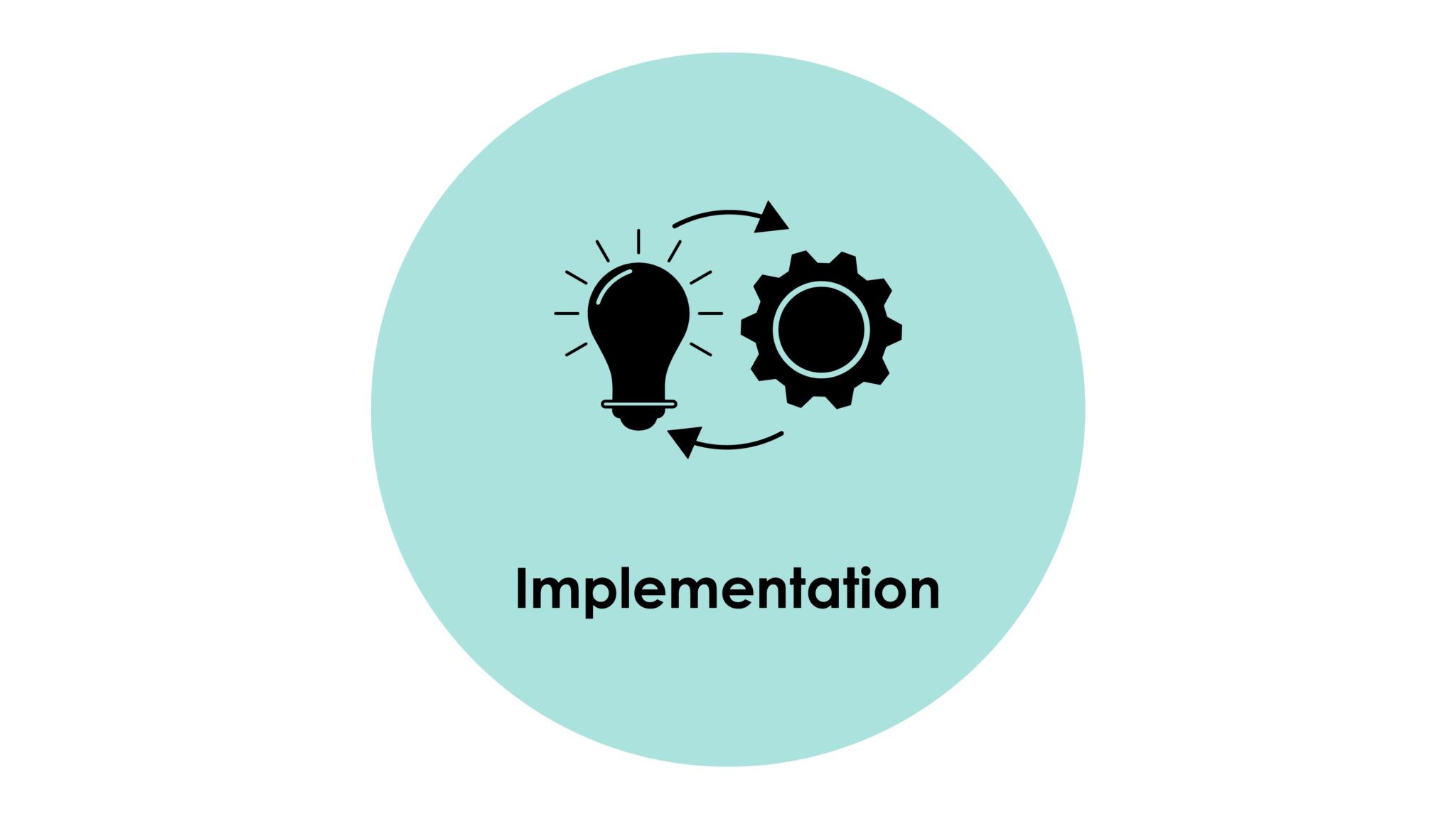In today’s interconnected world, where data breaches and cyberattacks are becoming increasingly sophisticated, traditional network security models and perimeter-based security models are proving to be inadequate.
Enter zero trust, a revolutionary approach that challenges the traditional perimeter-based security mindset. In this blog post, we will explore the concept of zero trust network security, its key principles, and the benefits it offers in an evolving threat landscape.
Understanding Zero Trust
The concept of zero trust network security surfaced from the need to counter the limitations of perimeter-based security models. Unlike traditional models that rely on implicit trust within the network perimeter, zero trust operates on the principle of “never trust, always verify.” It assumes that every user, device, and network flow is potentially malicious until proven otherwise.
Why Organizations Need ZeroTrust in a Cloud Environment
A business network’s implementation of zero trust depends on the organisation operating the network. To protect sensitive applications, similar as those in on-premises data centres, from unauthorised access and lateral movement, it determines where limits can be set and upholds access constraints.
Nowadays, many businesses use cloud-based infrastructure or apps because hosting an application on the cloud as opposed to a data centre is usually more economical.The identical set of network regulations does not apply considering these cloud environments, which are managed by cloud hosting companies and SaaS suppliers, do not constitute as part of a company’s network.As a result, the majority of businesses have their data and apps dispersed over numerous locations and are losing track of who is using their applications and data.

Implementing Zero Trust Cloud Security
Establishing your company’s objectives for deploying Zero Trust in the cloud and your targeted business outcomes is crucial before you start
- Identity and Access Management: Establish robust identity verification processes and enforce the principle of least privilege. To safeguard user accounts, multifactor authentication can be introduced as an additional layer of protection.
- Network Segmentation: Divide your network into micro-segments and implement strict access controls for communication between them.
- Continuous Monitoring: Employ advanced threat detection tools and security analytics to monitor user behavior, system activities, and network traffic for anomalies.
- Encryption: Ensure data at rest, data in transit, and data in use are encrypted to safeguard information from unauthorized access.
- Security Awareness and Training: Educate employees about the Zero Trust Cloud Security model and the role they play in maintaining a secure environment.
Benefits of Zero Trust Cloud Security
- Improved Security Posture: Zero Trust Cloud Security minimises the attack surface, decreasing the likelihood of successful cyberattacks by supposing that no entity is inherently trustworthy.
- Enhanced Visibility: Organisations have complete network visibility thanks to continuous monitoring and behavioural analysis, which enables them to quickly identify and counter risks.
- Compliance Readiness: Zero Trust Cloud Security aligns with various regulatory requirements and industry standards, facilitating compliance efforts for organizations across different sectors.
- Scalability: The framework is scalable, making it suitable for organizations of all sizes, from startups to large enterprises.
- Agility and Flexibility: The approach takes into account the dynamic nature of contemporary cloud-based systems and remote workforces since it places an intense focus on user identification and access.

The way businesses handle cybersecurity has changed, and Zero Trust Cloud Security is one example of this. This strategy greatly improves the security of digital assets in a threat environment that is always changing by continuously evaluating and validating users, devices, and applications. For businesses looking to secure their cloud infrastructure and protect sensitive data from malicious parties, adopting zero trust principles is essential. In an increasingly interconnected world, adopting this proactive security strategy can not only shield firms from possible attacks but also foster trust among stakeholders and consumers.
How can SecurDI help ?
As a security-focused organization, we understand the critical importance of safeguarding sensitive data in the ever-evolving landscape of cloud computing. Implementing a Zero Trust Cloud Security Solution is a proactive step towards safeguarding your organization’s valuable data and ensuring business continuity. Our expert team is committed to delivering a robust security framework that aligns with your specific requirements and enables your organization to thrive securely in the digital age.
